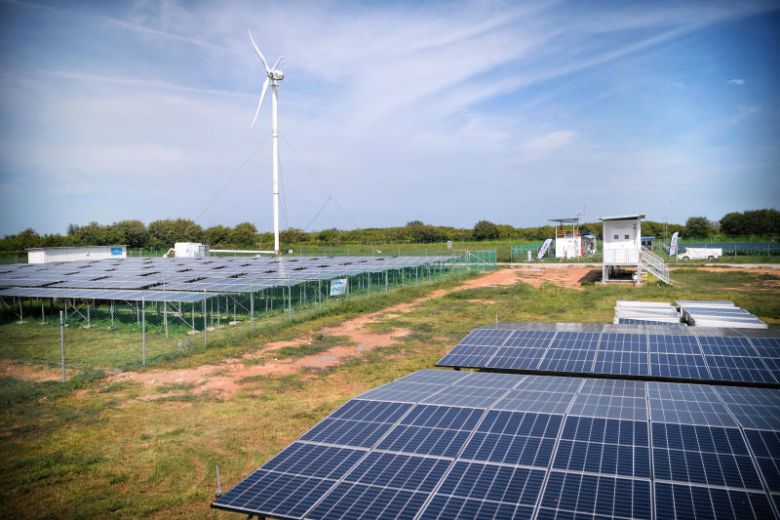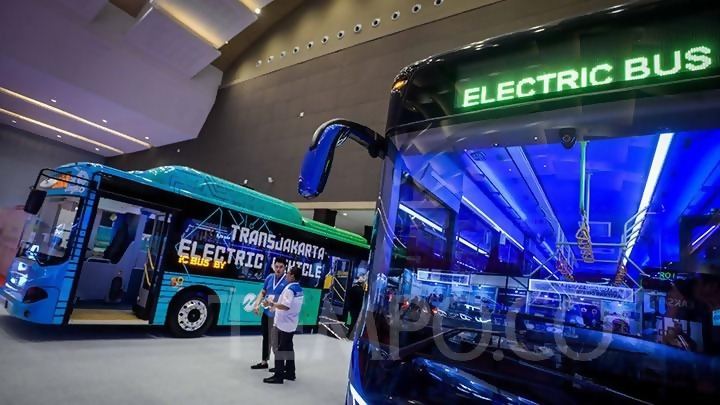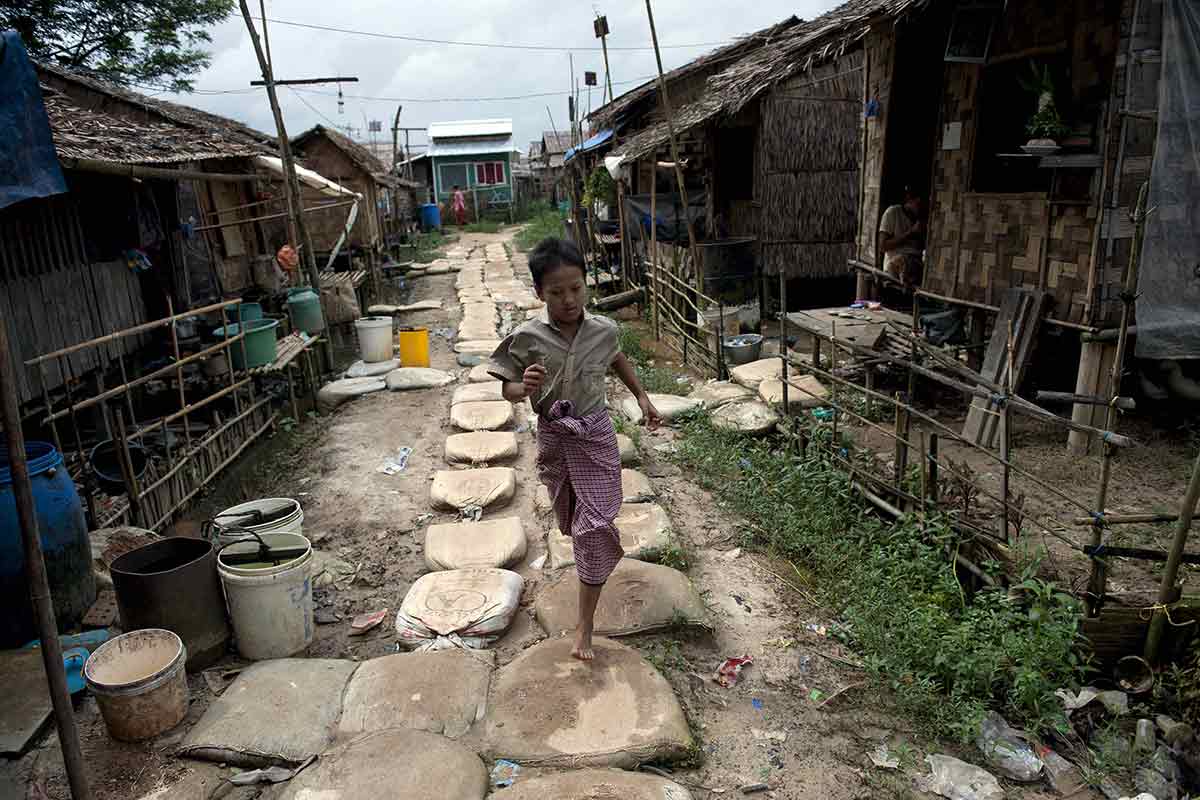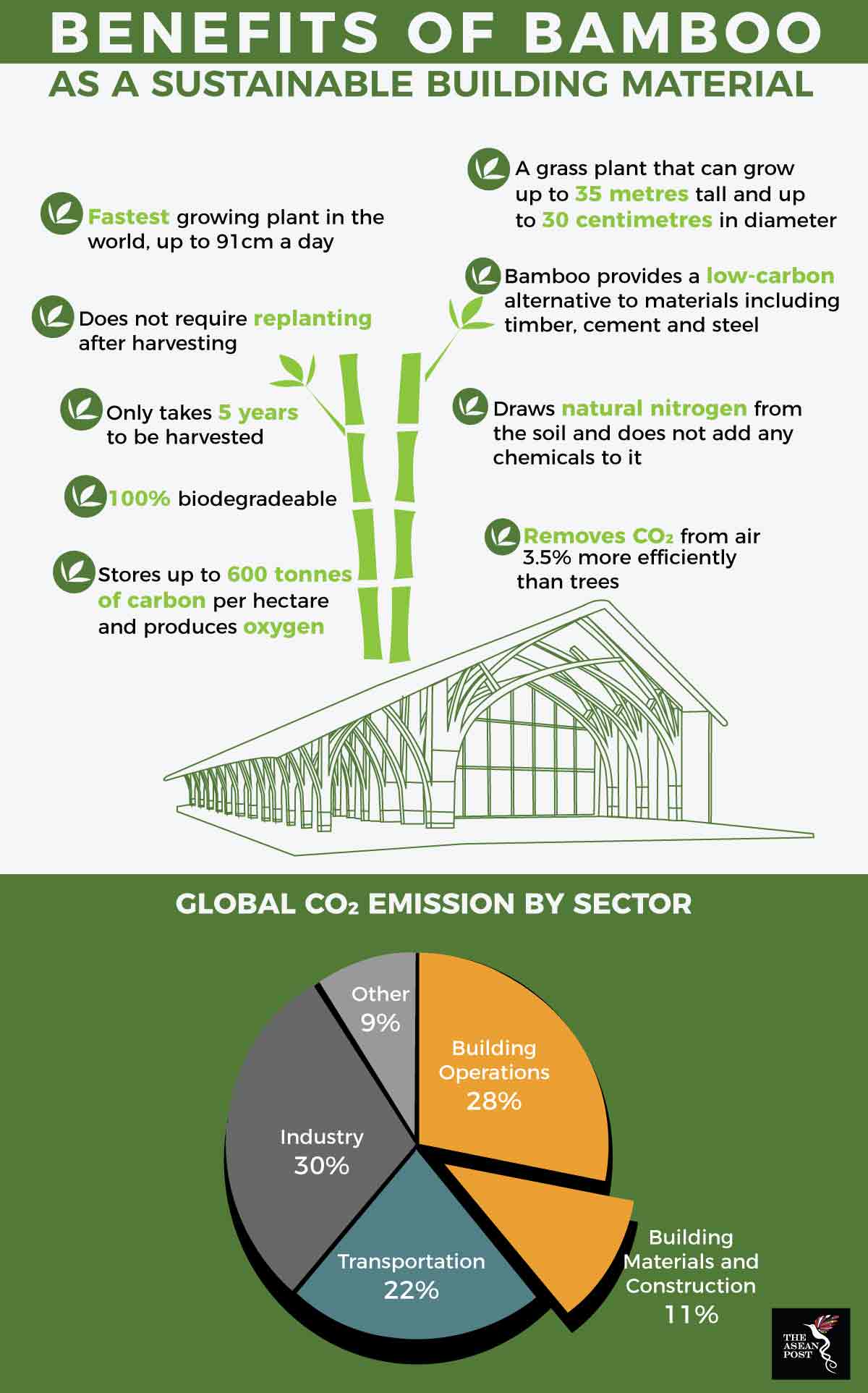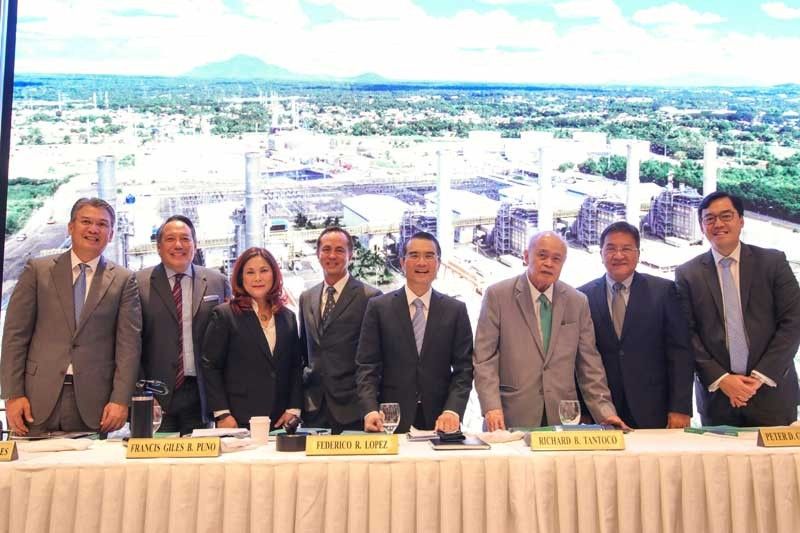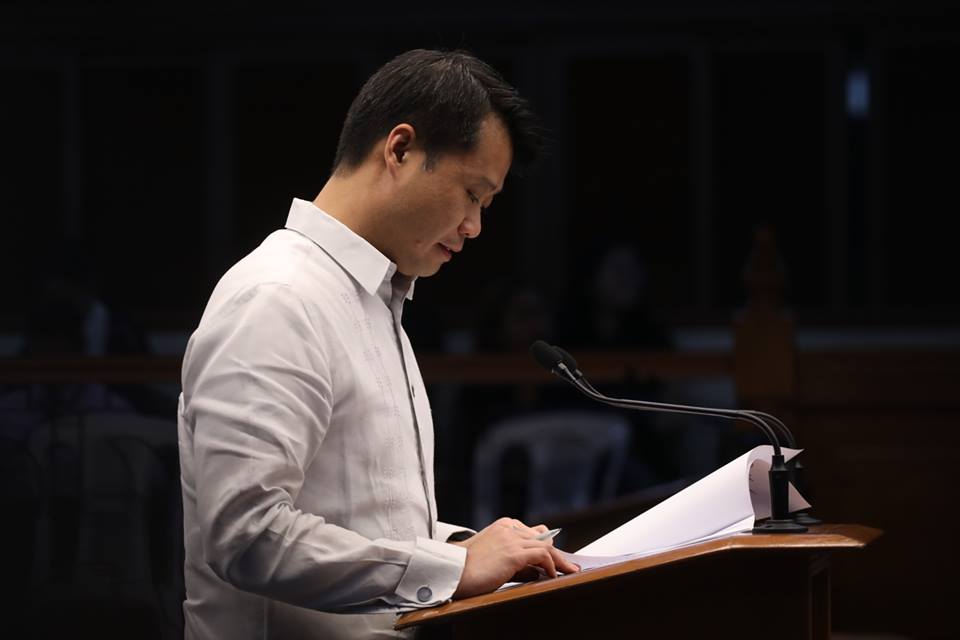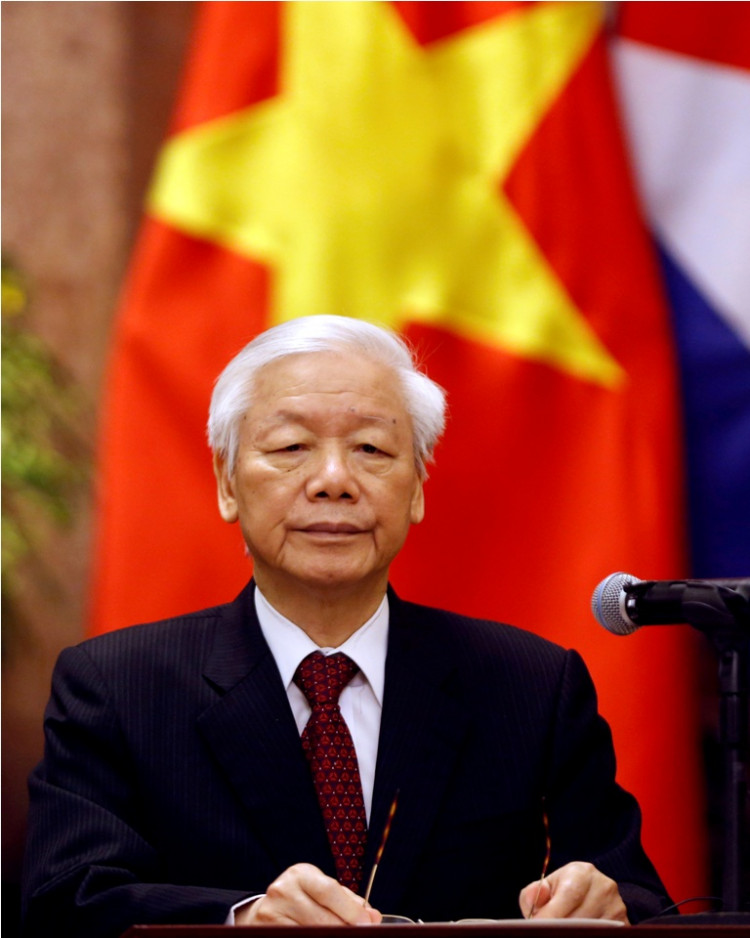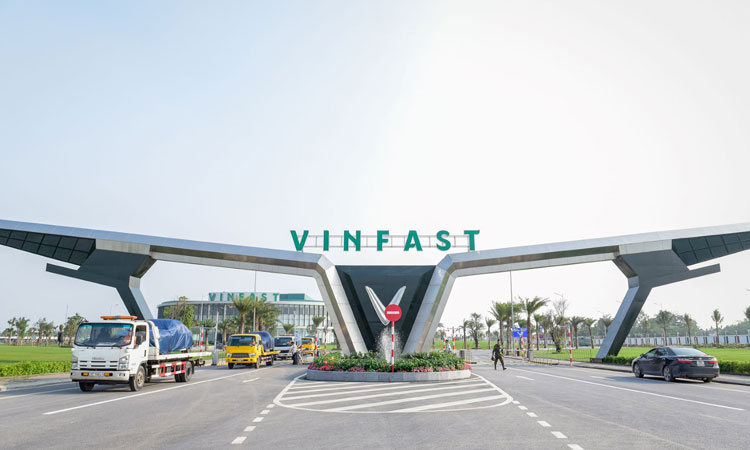Vietnam has gained yet another ally for its energy sector in the form of Sweden as the European country pledged assistance in clean energy development and energy-saving strategies.
According to Nhan Dan News, Swedish Minister for Foreign Trade Ann Linde said during a conference on Wednesday that her country will offer assistance to Vietnam’s energy sector in a bid to promote renewable energy and enhanced energy-saving methods.
Aside from helping boost Vietnam’s energy sector, Sweden also pledged to provide assistance for small and medium-sized enterprises (SMEs). The goal is to help emerging businesses have a more solid foundation that should make it easier to adapt to the local market.
Vietnam’s Minister of Industry and Trade Tran Tuan Anh, for his country’s part, said Vietnam pledged to promote business ties between both sides to ensure that mutual developments will be achieved.
Aside from energy and business cooperation, Sweden said it will help the Asian country develop policies that will help bolster the Vietnamese economy. In line with economic growth, the Swedish government will provide assistance in infrastructure improvements and workforce training.
To be more specific, staff training will be provided to help the Vietnamese workforce develop the necessary skills that the fourth Industrial Revolution (Industry 4.0) will require.
Earlier this week, the Vietnam – Sweden Business Summit took place in Hanoi as part of Crown Princess of Sweden, Victoria Ingrid Alice Desiree’s state visit to the Asian country.
Vietnam Plus reported that over 1,000 delegates from various business sectors and ministries attended the event. Both Swedish and Vietnamese businesspeople took part in the summit that centered on sustainable strategies for the business realm.
During her speech, Crown Princess Victoria reaffirmed her country’s partnership with the Vietnamese government and its people. She said the strong bilateral ties were bolstered by five decades of exchange and cooperation.
Vietnamese Prime Minister and Foreign Minister Pham Binh Minh said the country is looking to obtain knowledge and experiential advice from one of the world’s most current countries as it aims to join the race towards Industry 4.0.
The Swedish Crown Princess’ Vietnam visit was made possible through the invitation of Vice President Dang Thi Ngoc Thinh as part of the celebrations that mark the two countries’ 50th year in bilateral cooperation.
According to Scand Asia, Sweden was the first country to establish diplomatic ties with Vietnam in 1969 and since then, both parties have tried to enhance relations and business exchange.
The bilateral cooperation helped spur Swedish tourism to Vietnam and the entry of Sweden’s top companies helped provide over 120,000 jobs for Vietnamese workers. Analysts are expecting to see more developments following the pledges on energy.


